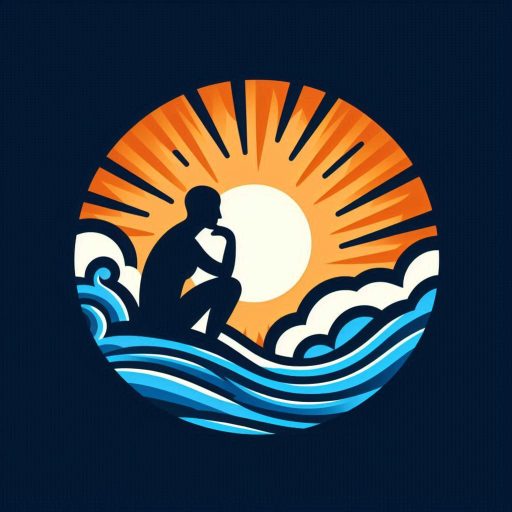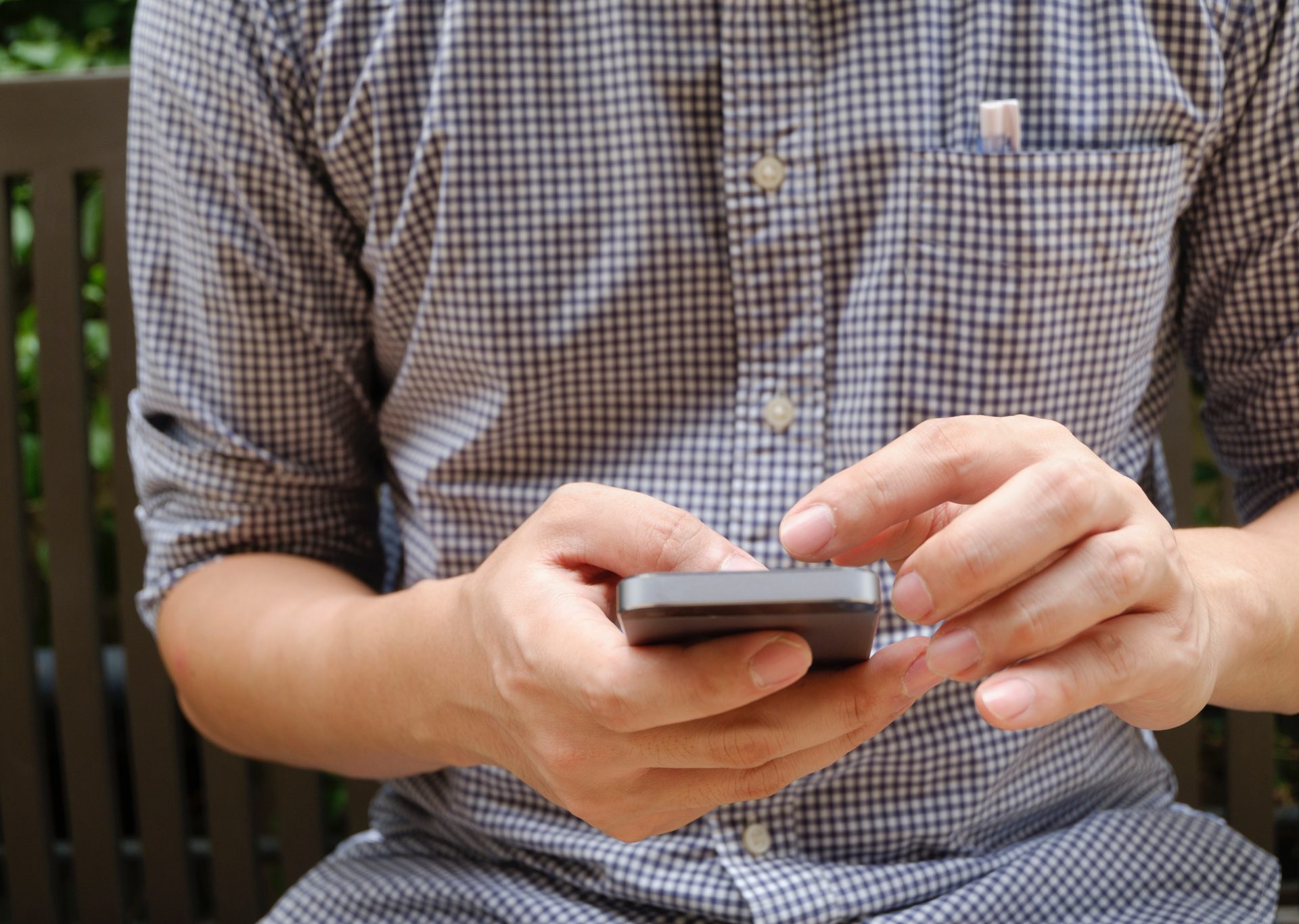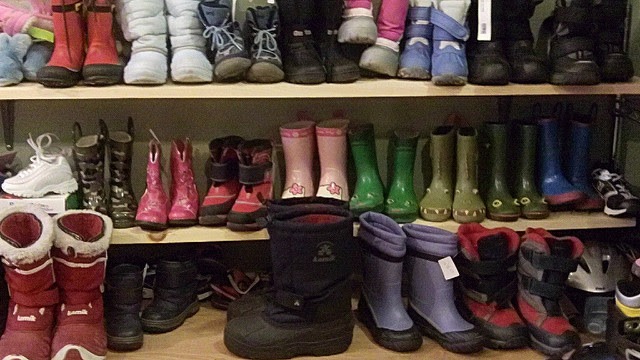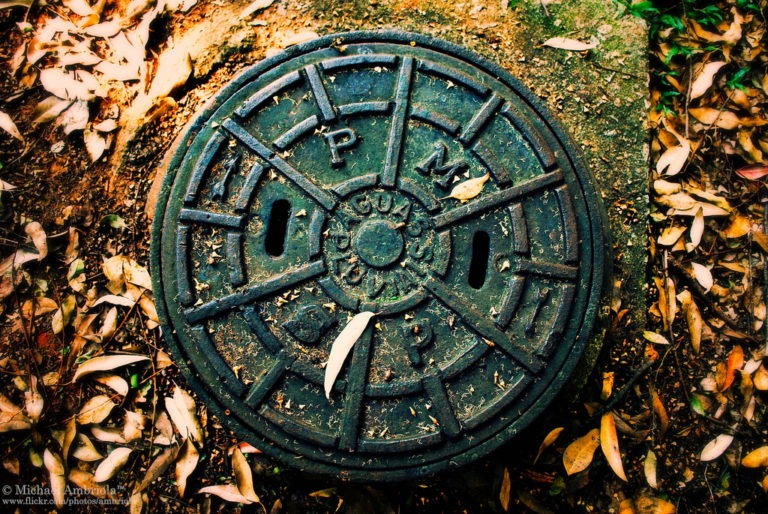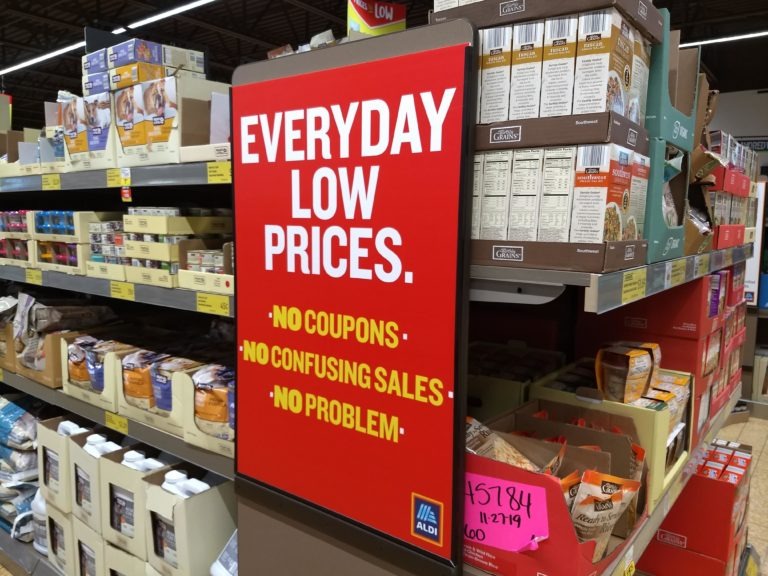How To Get By With A (Really) Cheap Cell Phone Plan
For years, I’ve lived on the cheap end of cell phone plans. Like $8 a month cheap. And while, early on, my phones were more or less prehistoric, today I carry around a functional (if modest) Android smartphone. On Tracfone.
My data cap? About 1.2 GB. A year.
And yet somehow, I’ve managed to get by pretty well. Does that mean there are some things I can’t do? Yes, and I’ll talk about them in a moment. Does that mean that this is for everyone? Heavens, no … especially depending on where you live and what your needs are.
But I’ve been surprised by how much I can do, thanks to just a little bit of effort that is well worth the cost savings I’ve enjoyed over a more expensive plan.
The best part is, it’s not rocket science.
Your Best Friend: Wi-Fi
I should say, first of all, that the godsend to a successful low-data plan is Wi-Fi. Without it, a higher data plan is harder to avoid. With it, almost anything is possible. The biggest benefit of Wi-Fi–especially home Wi-Fi, but also in other places–is that you can pretty much leave your cell data untouched. You can stream, surf, and do all your Internet heart desires just as easily as your higher-data counterparts. Better still, Wi-Fi even lets you navigate cheap plans (like mine) that have talk and text limits, since there are now a million apps out there either for voice chat or text chat. Facebook Messenger, for example, does both text and video, and with services like Google Voice you can even set up a phone number that runs off Wi-Fi.
Your Next Best Friend: Offline Downloading
If you’ve got the space on your phone and / or tablet and are willing to do a bit of advance planning, you can do quite a bit with offline storage. Google Play, for example, lets you download purchased media, like movies, to your phone for offline viewing. Google Maps allows you to download offline maps of specific areas. Other map apps, like Mapfactor, even let you download entire states, although I’ve found those apps aren’t always as good at directions as Google Maps or maps that use streaming data.
Your Next Next Best Friend: Data Sipping Apps
Some apps are real data hogs, but not all. Some apps, like Waze, are pretty judicious in how much data they use, which makes them useful. For occasional surfing, browsers like Opera and Chrome do a pretty good job of data compression. And if you really want to conserve data, you can either use Opera Mini or try something like Facebook Lite, which is not available on Google Play but can be downloaded safely on other sites.
The Limits Of A Low Data Cap
There are some things that you just can’t do when you’re away from Wi-Fi. The biggest casualty is streaming, such as when you’re in the car. Can’t do it. Pandora is out. Streaming Netflix or any other video service is out.
So are certain augmented reality games, such as Pokemon GO! or another game made by the same developer, Ingress.
And certain features of map apps are out. Waze, for example, does a pretty good job of using only a small amount of data, but if you use it every day for, say, a one-hour commute each direction, that data usage will be enough that you’ll probably want more data than I’ve got (which isn’t hard to do). My wife, for example, totes a somewhat more powerful Republic Wireless phone on a $20 a month / 1 GB plan, and while it’s also got its limits, it has more data to play with. And Republic phones are designed to work with Wi-Fi, including for calling and texting purposes, which is a nice bonus.
As for me? If I need more data, I can get that, too: 1 GB of data from Tracfone can be had, at the time of this post, for a mere $10. That still won’t let me use Pandora on the road, but it makes it a lot easier to use Waze when I want to avoid the inevitable afternoon commute accident.
